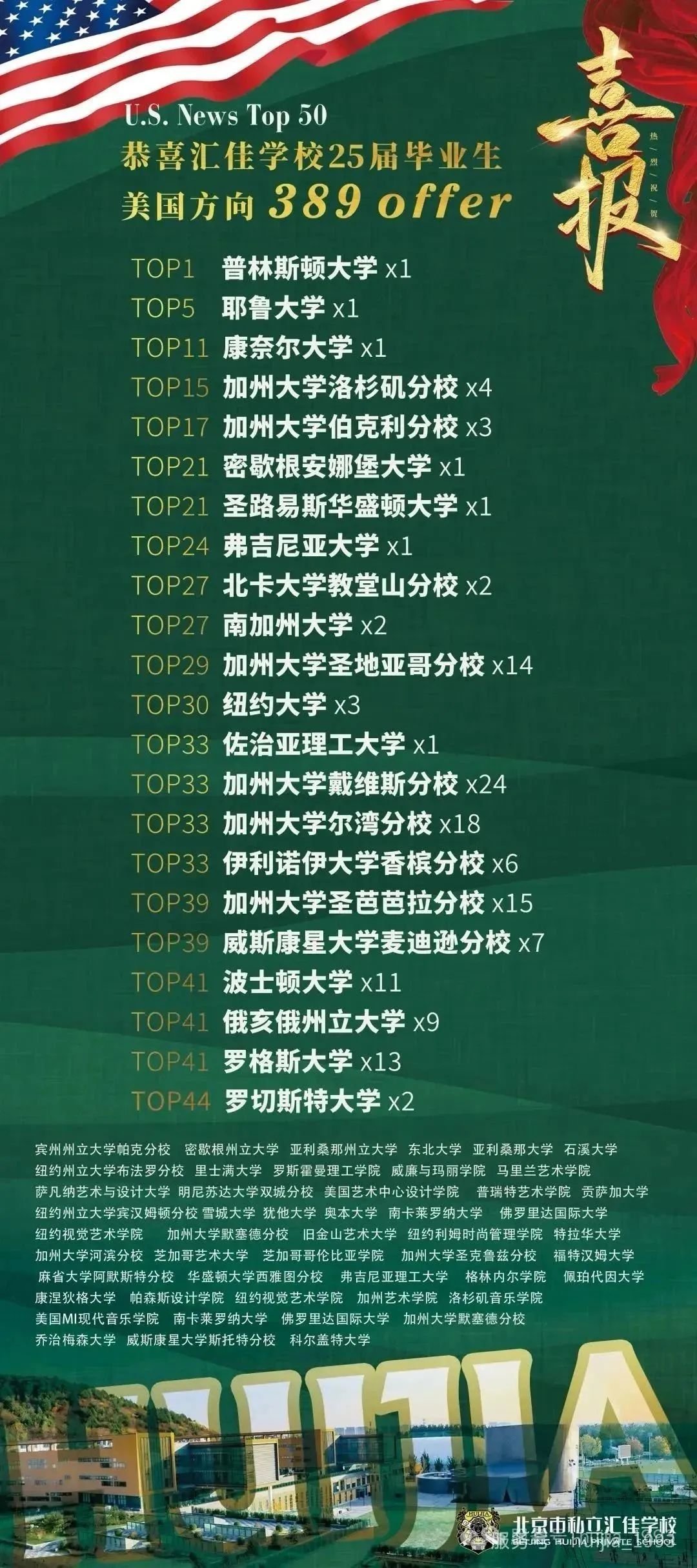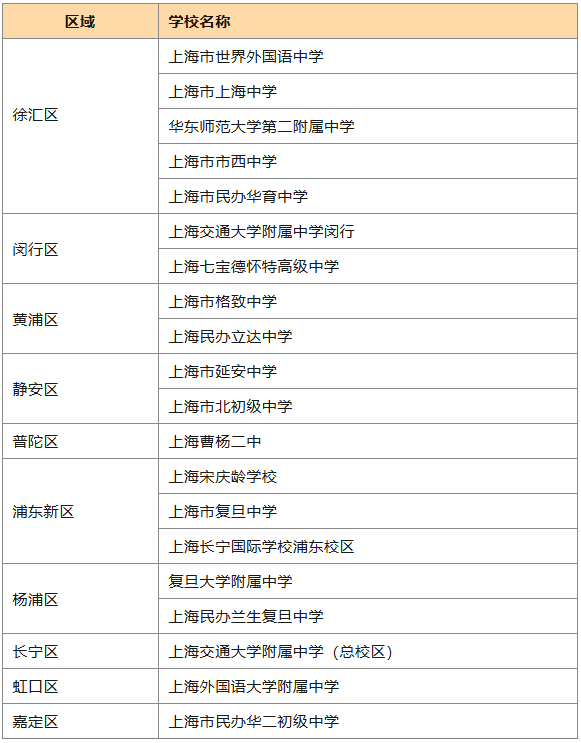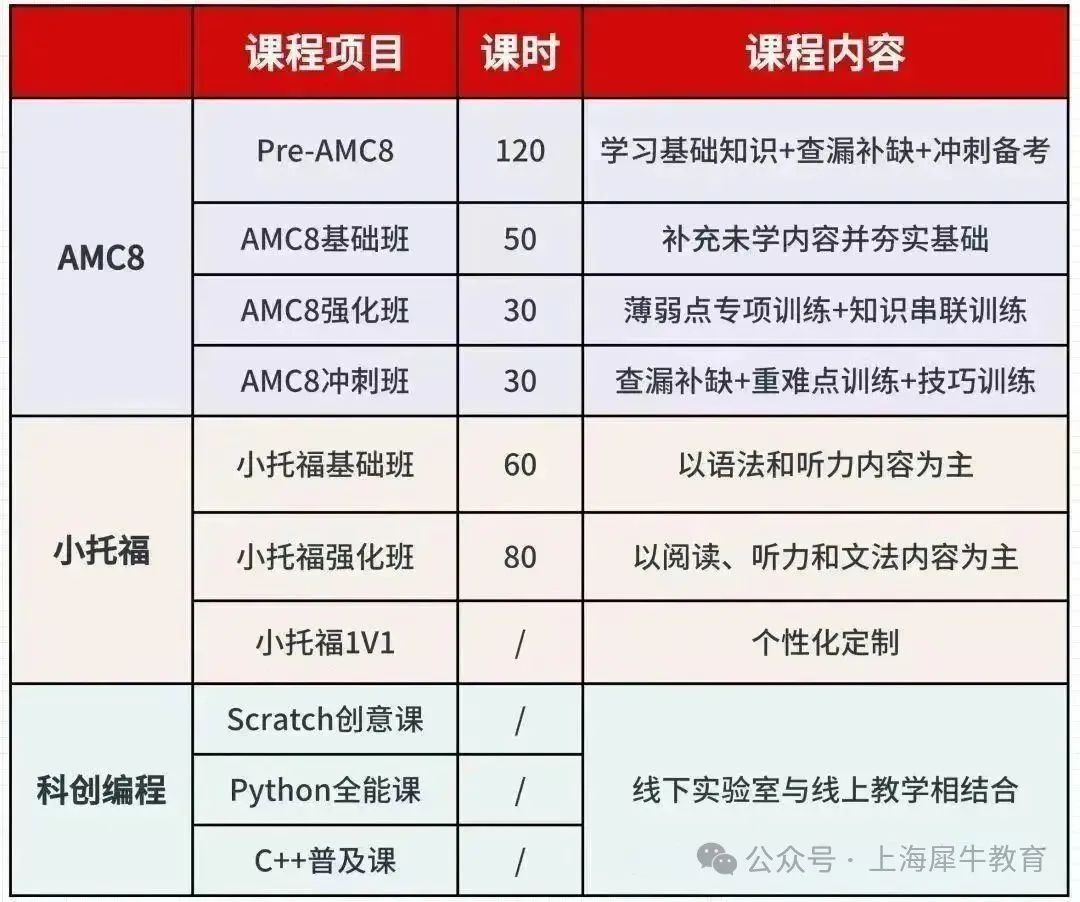真是神奇的一天呢,四六级出分+雅思考试真是buff叠满了...
根据机构学员前线消息,本次阅读又是难的没边了。总的来说本场考试难度排序为:阅读>听力>写作,赶快来看看吧!
听力部分
Part 1
场景:社区活动报班
题型:填空
关键词:yoga、parking service
1.injuries
2.actor
3.children
4.Tuesday
5.cafe
6.sugar
7.7:15am
8.bus
9.refund
10.待回忆
Part 2
场景:旅游团介绍
题型:单选+匹配
关键词:ocean
Part 3
场景:教师培训
题型:单选+匹配
关键词:teacher、tutor
Part 4
场景:古代蜜蜂历史
题型:填空
31.cave
32.temple
33.bone
34.medicine
35.weather
36.mud
37.legs
38.vegetables
39.skin
40.cooking
8月19日雅思听力原题
请扫
阅读部分:
Passage 1
主题:农业
题型:填空+选择+判断
①填空
1.need
2.ashes
3.vegetable cassava
4.women
5.houses
②选择
6-9:ABCA
③判断
10-12:T/NOT GIVEN/F
④选择
13. C
Traditional Farming System in Africa
A
By tradition land in Luapula is not owned by individuals, but as in many other parts of Africa is allocated by the headman or headman of a village to people of either sex, according to need. Since land is generally prepared by hand, one ulupwa cannot take on a very large area; in this sense, the land has not been a limiting resource over large parts of the province. The situation has already changed near the main townships, and there has long been a scarcity of land for cultivation in the Valley. In these areas registered ownership patterns are becoming prevalent.
B
Most of the traditional cropping in Luapula, as in the Bemba area to the east, is based on citemene, a system whereby crops are grown on the ashes of tree branches. As a rule, entire trees are not felled, but are pollarded so that they can regenerate. Branches are cut over an area of varying size early in the dry season and stacked to dry over a rough circle about a fifth to a tenth of the pollarded area. The wood is fired before the rains and in the first year planted with the African cereal finger millet (Eleusine coracane).
C
During the second season, and possibly for a few seasons more the area is planted to variously mixed combinations of annuals such as maize, pumpkins (Telfiria occidentalis) and other cucurbits, sweet potatoes, groundnuts, Phaseolus beans and various leafy vegetables, grown with a certain amount of rotation. The diverse sequence ends with vegetable cassava, which is often planted into the developing last-but-one crop as a relay.
D
Richards (1969) observed that the practice of citemene entails a definite division of labour between men and women. A man stakes out a plot in an unobtrusive manner since it is considered provocative towards one’s neighbours to mark boundaries in an explicit way. The dangerous work of felling branches is the men’s province and involves much pride. Branches are stacked by the women and fired by the men. Formerly women and men cooperated in the planting work, but the harvesting was always done by the women. At the beginning of the cycle little weeding is necessary, since the firing of the branches effectively destroys weeds. As the cycle progresses weeds increase and nutrients eventually become depleted to a point where further effort with annual crops is judged to be not worthwhile: at this point the cassava is planted, since it can produce a crop on nearly exhausted soil. Thereafter the plot is abandoned, and a new area pollarded for the next citemene cycle.
E
When the forest is not available – this is increasingly the case nowadays – various ridging systems (ibala) are built on small areas, to be planted with combinations of maize, beans, groundnuts and sweet potatoes, usually relayed with cassava. These plots are usually tended by women, and provide subsistence. Where their roots have year-round access to water tables mango, guava and oil-palm trees often grow around houses, forming a traditional agroforestry system. In season some of the fruit is sold by the roadside or in local markets.
F
The margins of dambos are sometimes planted to local varieties of rice during the rainy season, and areas adjacent to vegetables irrigated with water from the dambo during the dry season. The extent of cultivation is very limited, no doubt because the growing of crops under dambo conditions calls for a great deal of skill. Near towns, some of the vegetable produce is sold in local markets.
G
Fishing has long provided a much-needed protein supplement to the diet of Luapulans, as well as being the one substantial source of cash. Much fish has dried for sale to areas away from the main waterways. The Mweru and Bangweulu Lake Basins are the main areas of year-round fishing, but the Luapula River is also exploited during the latter part of the dry season. Several previously abundant and desirable species, such as the Luapula salmon or mpumbu (Labeo altivelis) and pale (Sarotherodon machochir) have all but disappeared from Lake Mweru, apparently due to mismanagement.
H
Fishing has always been a far more remunerative activity in Luapula that crop husbandry. A fisherman may earn more in a week than a bean or maize grower in a whole season. I sometimes heard claims that the relatively high earnings to be obtained from fishing induced an ‘easy come, easy go’ outlook among Luapulan men. On the other hand, someone who secures good but erratic earnings may feel that their investment in economically productive activity is not worthwhile because Luapulans fail to cooperate well in such activities. Besides, a fisherman with spare cash will find little in the way of working equipment to spend his money on. Better spend one’s money in the bars and have a good time!
I
Only small numbers of cattle or oxen are kept in the province owing to the prevalence of the tsetse fly. For the few herds, the dambos provide subsistence grazing during the dry season. The absence of animal draft power greatly limits peoples’ ability to plough and cultivate land: a married couple can rarely manage to prepare by hand-hoeing. Most people keep freely roaming chickens and goats. These act as a reserve for bartering, but may also be occasionally slaughtered for ceremonies or for entertaining important visitors. These animals are not a regular part of most peoples’ diet.
J
Citemene has been an ingenious system for providing people with seasonal production of high-quality cereals and vegetables in regions of acid, heavily leached soils. Nutritionally, the most serious deficiency was that of protein. This could at times be alleviated when fish was available, provided that cultivators lived near the Valley and could find the means of bartering for dried fish. The citemene/fishing system was well adapted to the ecology of the miombo regions and sustainable for long periods, but only as long as the human population densities stayed at low levels. Although population densities are still much lower than in several countries of South-East Asia, neither the fisheries nor the forests and woodlands of Luapula are capable, with unmodified traditional practices, of supporting the people in a sustainable manner.
Overall, people must learn to intensify and diversify their productive systems while yet ensuring that these systems will remain productive in the future when even more people will need food. Increasing overall production of food, though a vast challenge in itself, will not be enough, however. At the same time, storage and distribution systems must allow everyone accesses to at least a moderate share of the total.
Passage 2
主题:婴儿语言
题型:单选+匹配+填空
How Babies Learn Language
A
During the first year of a child's life, parents and carers are concerned with its physical development, during the second year, they watch the baby's language development very carefully. It is interesting just how easily children learn a language. Children who are just three or four years old, who cannot yet tiet heir shoelaces, are able to speak in full sentences without any specific language training.
B
The current view of child language development is that it is an instinct - something as natural as eating or sleeping. According to experts in this area, this language instinct is innate - something each of us is born with. But this prevailing view has not always enjoyed widespread acceptance.
C
In the middle of last century, experts of the time, including a renowned professor at Harvard University in the United States, regarded child language development as the process of learning through mere repetition, Language "habits" developed as young children were rewarded for repeating language correctly and ignored or punished when they used incorrect forms of language. Over time, a child, according to this theory, would learn a language much like a dog might learn to behave properly through training.
D
Yet even though the modern view holds that language is instinctive, experts like Assistant Professor Lise Eliot are convinced that the interaction a child has with its parents and caregivers is crucial to its developments. The language of the parents and caregivers act as models for the developing child. In fact, a baby's day-to-day experience is so important that the child will learn to speak in a manner very similar to the model speakers it hears.
E
Given that the models’ parents provide are so important, it is interesting to consider the role of "baby talk" in the child's language development. Baby talk is the language produced by an adult speaker who is trying to exaggerate certain aspects of the language to capture the attention of a young baby.
F
Dr Roberta Golinkoff believes that babies benefit from baby talk. Experiments show that immediately after birth babies respond more to infant-directed talk than they do to adult-directed talk. When using baby talk, people exaggerate their facial expressions, which helps the baby to begin to understand what is being communicated.
She also notes that the exaggerated nature and repetition of baby talk helps infants to learn the difference between sounds, Since babies have a great deal of information to process, baby talk helps. Although there is concern that baby talk may persist too long, Dr Golinkoff says that it stops being used as the child gets older, that is, when the child is better able to communicate with the parents.
G
Professor Jusczyk has made a particular study of babies' ability to recognise sounds and says they recognise the sound of their own names as early as four and a half months. Babies know the meaning of Mummy and Daddy by about six months, which is earlier than was previously believed. By about nine months, babies begin recognizing frequent patterns in language. A baby will listen longer to the sounds that occur frequently, so it is good to frequently call the infant by its name.
H
An experiment at Johns Hopkins University in the USA, in which researchers went to the homes of 16 nine-month-olds, confirms this view. The researchers arranged their visits for ten days out of a two week period. During each visit, the researcher played an audio tape that included the same three stories. The stories included odd words such as "python" or "hornbill", words that were unlikely to be encountered in the babies everyday experience.
Passage 3
主题:罗马
题型:选择+匹配+判断
文章读不懂?
长难句难攻克?
机构精读文库免费送
&雅思高分助教教你高效阅读
写作部分
Task 1
✅柱状图:1951年-2011年某镇的人口、数量变化以及年龄分布

Task 2
Nowadays,people spend a great deal of time sitting,leading to health problems.
Why dose this happen?What are the best ways to encourage people to sit less?
参考核心思路(4段式)
- 引言:改写题目(久坐普遍致健康问题)→ 总述:分析原因 + 提建议
- 原因段:①办公久坐;②休闲沉迷电子设备(手机 / 电视)
- 解决段:①企业推动定时休息;②政府 / 媒体宣久坐危害,鼓励运动
- 结尾:总结原因与建议,强调行动重要性
高频表达:
office automation 办公自动化
Sedentary lifestyle 久坐生活方式














